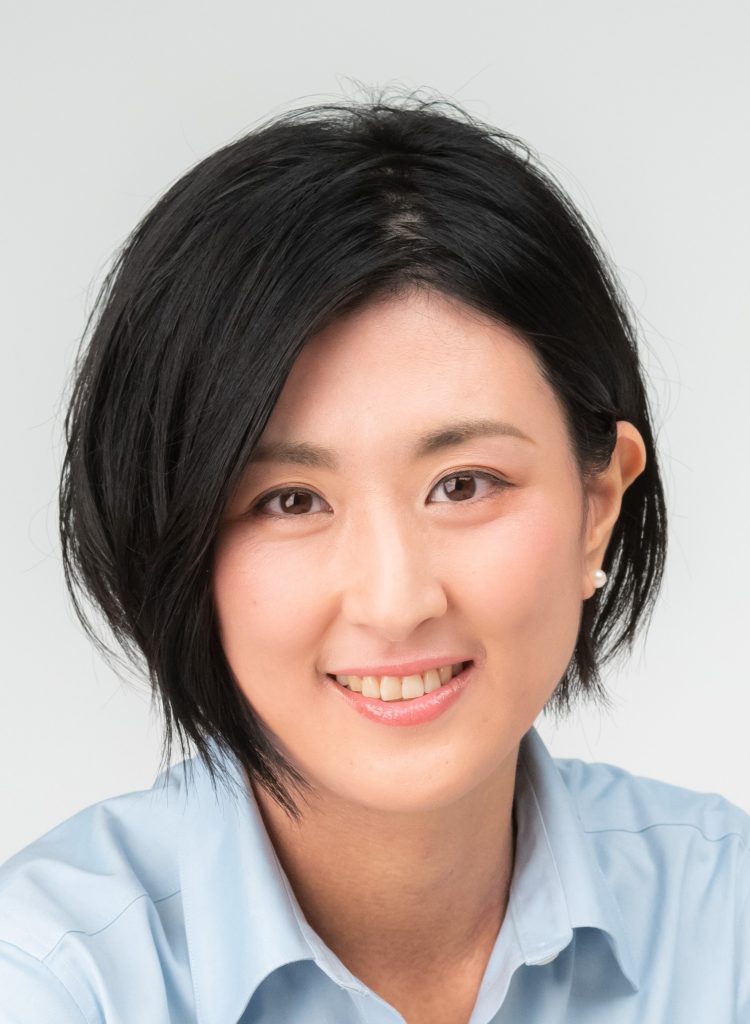This article is part of a new series of insights and op-eds from members in our community. If you would like to be featured in an article, please click here.
Insights from Risa Kamio (City Council Member of Setagaya City, Tokyo, Japan)

A “movement for change” usually is considered a success story in every nation. But when it comes to Japanese education, it has not seemed true for many years.
The current Japanese educational system was established in the 19th Century. After World War II, the 6-3-3 system (6 years in elementary, 3 years in middle, and 3 years in high school) was established. But the basic education system, and its curriculum and style of teaching, still were criticized for its rigidity and pressure.
The first major change occurred in the 1980s when the Yutori education policy (education free of pressure) was established. Its purpose was to oppose the idea of “teaching to the test” (memorizing facts and content rather than thinking logically). The government reduced classroom hours and provided more flexible guidance for the curriculum in order to reduce educational stress and improve the quality of education.
However, after a few years of “Yutori,” Japanese children began to rank lower in worldwide educational achievement tests like PISA (the Programme for International Student Assessment). Many people blamed the Yutori educational reforms. So around 2008, “anti-Yutori” education came back. Controversially, those who received Yutori education then are sometimes referred to in the mass media as the “Yutori generation,” which has a negative connotation.
Because of this experience, making any change in the Japanese education seemed like it would be taboo for many years to come.
Right after graduating from college in Japan, I took an internship to teach Japanese at an elementary school in Maryland, USA. It was an eye-opening experience to see the difference in education between Japan and the US. American children seemed to have more opportunities to develop critical thinking skills and more time for discussion in classrooms.
After 12 years of working and living overseas in the United States and Europe, mostly in the educational field, I returned to Japan in 2016. When I visited Japanese elementary schools to promote international understanding, I was in shock to see that Japanese classroom education was almost the same as when I left. Blackboards and chalk were still used. Textbooks and homework assignments were all on paper. Telephones and fax machines were still the major tools for communication. Computers and tablets and on-line communication were rare.
My son was 3 years old then. As a parent, I could not believe what I saw in Japanese schools. I decided the best solution was to become involved in politics and try to make changes in the education system by changing policies. So, I ran for a seat in the Setagaya City Assembly in 2019 and won.
If I were writing this article three months ago, I would have said that changing Japan’s education system is a slow process, and change will not come for many years. However, the situation has changed dramatically due to the coronavirus outbreak.
The Japanese school year starts in April and ends in March. So, when the coronavirus outbreak began this year, it was the most important time for schools. They had to close between March and May. Japan’s old-fashioned education stopped completely and damaged children’s access to learning. In contrast to overseas countries, there was no on-line teaching. This all brought a major sense of crisis to government, educators, and parents.
So, the government passed a supplementary budget to make tablet computers available for all students by the end of fiscal 2020 (March 2021). The Setagaya City Assembly recently passed its own supplementary budget to purchase tablets and set up wireless networks in classrooms. Computer hardware finally can move Japanese education forward technologically. This change was originally planned to take place by 2023, but the new coronavirus brought the timetable forward.
The challenge will be to go beyond hardware and pick the best software, train teachers, adjust the curriculum, and bring modern technology into the daily classroom.
Beyond technology, new curriculum guidelines have started in the Japanese educational system, to focus more on active learning, programming, and foreign languages.
As a city council member, I have advocated the need to discuss what to change and what not to change in Japanese education. Technology is not the solution to all our problems. And there are many features of Japanese schools that we need to respect. Foreigners often are surprised that students serve their own lunches and clean their schools as part of their school activities.
When we look back at the post-coronavirus era, I hope we can say that the “movement for change” in Japanese education finally was a success story.
—Risa Kamio